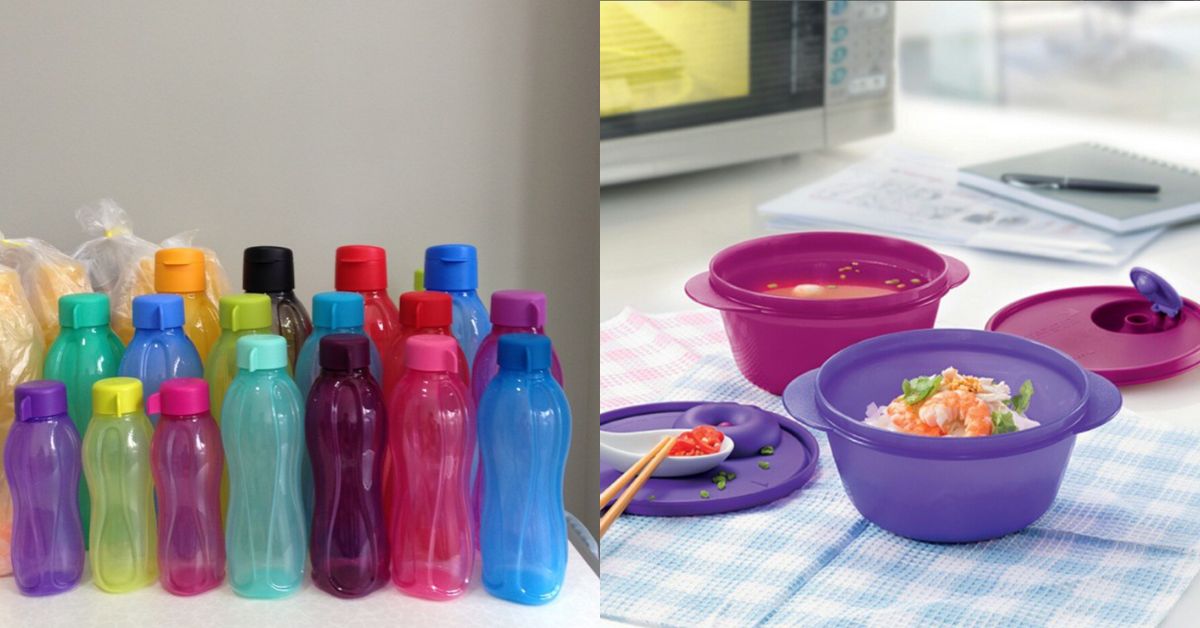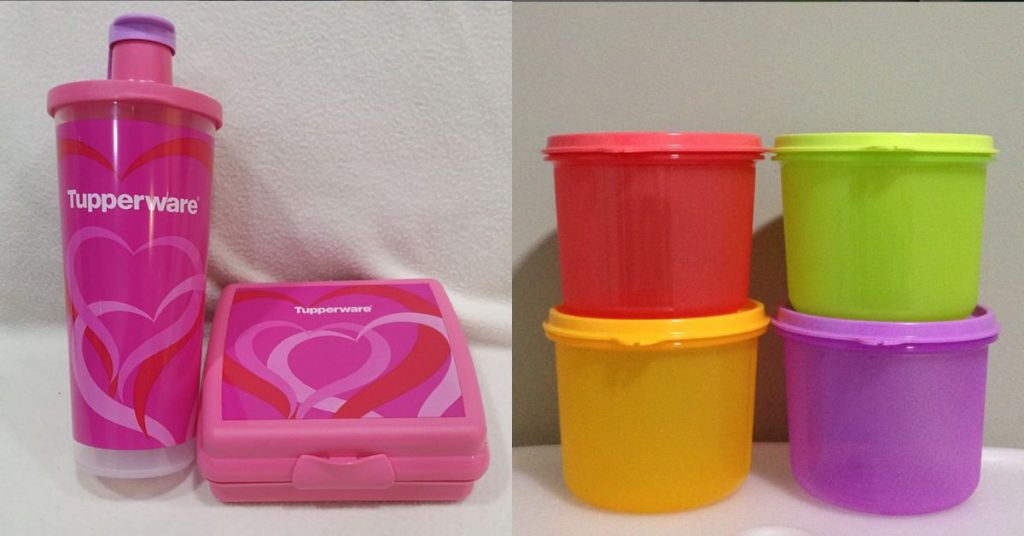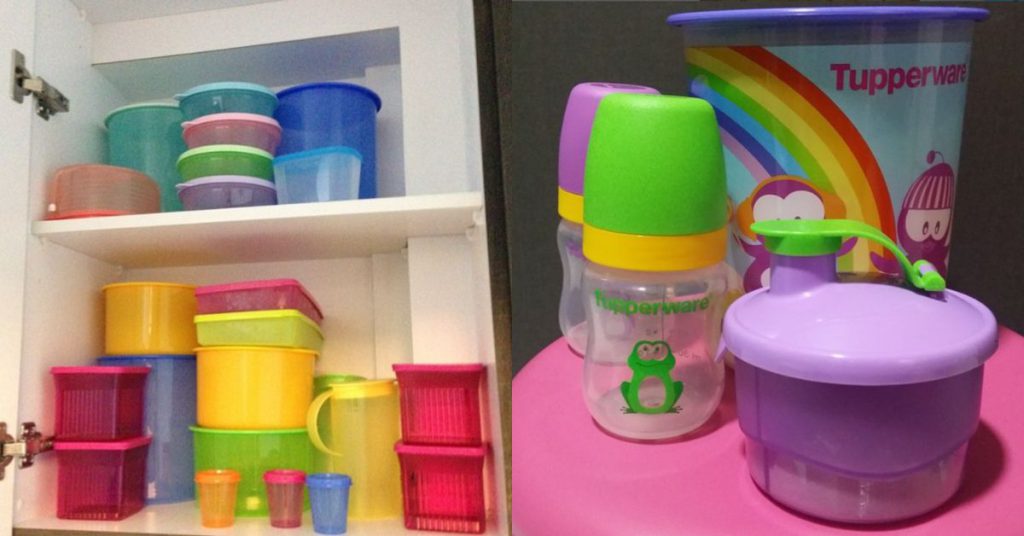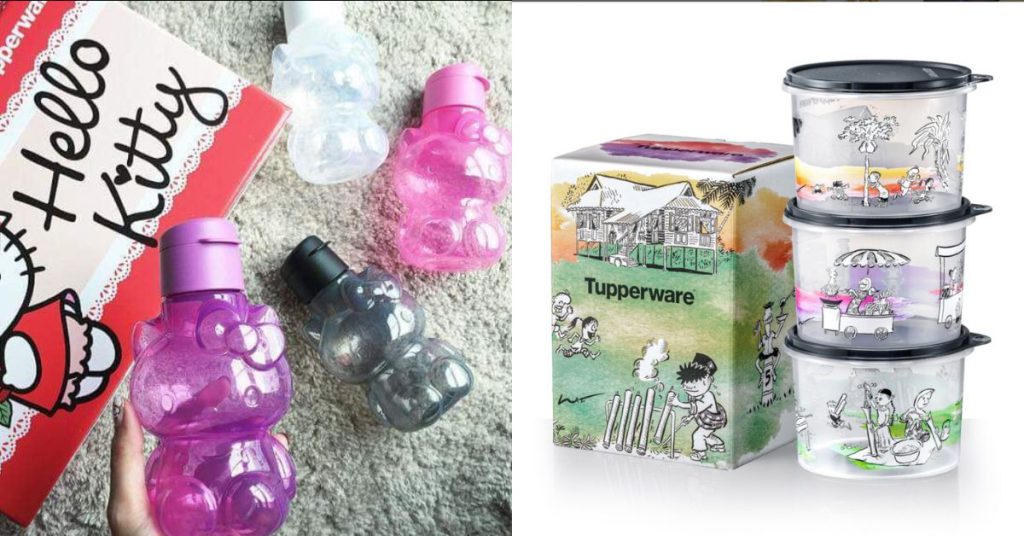Following troubles repaying its US$700M debt, 78 Y/O Tupperware plans to file for bankruptcy
Tupperware Brands plans to file for bankruptcy following US$700 million debt. The brand has been around for 78 years.

Tupperware Brands, once a household name synonymous with food storage, is reportedly preparing to file for bankruptcy after decades of success, according to Bloomberg News.
Following a difficult year of trying to revive its flagging business, the company is facing mounting debt and a steep drop in demand, particularly for its iconic plastic containers.
Citing people with knowledge of the plans, the news portal indicated that Tupperware could file for bankruptcy protection as soon as this week, marking a potential end to its long struggle.
The home goods giant, which revolutionised food storage with its airtight containers back in 1946, has reached the point where it’s having trouble repaying over US$700 million (S$907 million) in debt.
While lenders initially gave the company some leeway in 2024, the business continues to deteriorate, despite efforts to restructure.
Though Tupperware has declined to comment, insiders suggest that the company’s legal and financial advisors are working to find a solution to these financial challenges.
 Image Credit: Tupperware Singapore
Image Credit: Tupperware SingaporeTupperware’s tough journey
Tupperware’s decline didn’t happen overnight. Even before the pandemic, the brand had been struggling.
For five out of the six years before COVID-19, Tupperware posted negative sales growth, leading some analysts to describe the company as “on life support,” Al Jazeera reported.
However, the pandemic temporarily gave the company a much-needed boost, as people stuck at home turned to meal prepping and storing leftovers.
But the return to normalcy after the pandemic proved to be a serious setback for the brand. Increased costs for materials, labour, and shipping, combined with slumping demand, hit the company hard.
 Image Credit: Tupperware Singapore
Image Credit: Tupperware SingaporeThe Straits Times reported that by 2022, Tupperware reported a loss of US$28.4 million (S$37.8 million) from continuing operations, though this was an improvement from the previous year’s loss of US$152.2 million (S$202.9 million). Sales also took a hit, falling 18 percent to US$1.31 billion (S$1.75 billion).
Despite attempts to restructure and appoint new leadership, including the replacement of CEO Miguel Fernandez with Laurie Ann Goldman in 2023, the company struggled to regain its footing.
In March 2024, Tupperware warned it was running out of options and faced a liquidity crunch. This was followed by the announcement in June that it would be closing its only US factory and laying off nearly 150 employees.
The Singapore connection
Tupperware was founded by chemist Earl Tupper in Masachuttes. But its impact wasn’t limited to the US. In Singapore, Tupperware Brands has been a familiar name since 1965, when it first established itself in the country.
The company found a loyal fan base, particularly among Asian mums who appreciated the brand’s practical solutions for food storage.
Over the years, Tupperware Singapore tried to maintain consumer interest by rolling out limited-edition collaborations, such as designs featuring Disney characters and Hello Kitty. It even launched uniquely local designs to keep the brand fresh and relevant.
 Image Credit: Tupperware Singapore
Image Credit: Tupperware SingaporeHowever, despite these efforts, Tupperware Singapore couldn’t keep up with shifting consumer preferences.
The rise of more affordable alternatives, changing attitudes toward plastic usage, and the convenience of online shopping made it harder for Tupperware to maintain its relevance.
Direct sales, once Tupperware’s backbone, became less effective as modern consumers shifted away from the traditional sales party model.
What’s next for Tupperware?
While Tupperware’s bankruptcy plans aren’t yet final, the writing seems to be on the wall. The company’s struggles to manage its debt and declining sales suggest that drastic changes will be needed if Tupperware is to survive in any form.
In Singapore, Tupperware’s future is just as uncertain. Despite its long-standing presence in the market, the brand has struggled to resonate with new generations of consumers.
From its early days as a revolutionary food storage brand to its current financial woes, Tupperware’s journey is a lesson in the importance of adapting to changing consumer needs.
You can learn more about Tupperware here.Featured Image Credit: Tupperware Singapore

 Konoly
Konoly 































